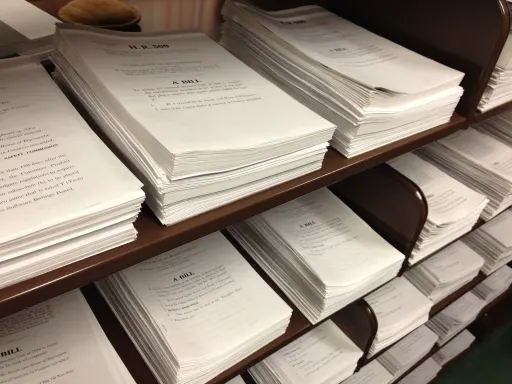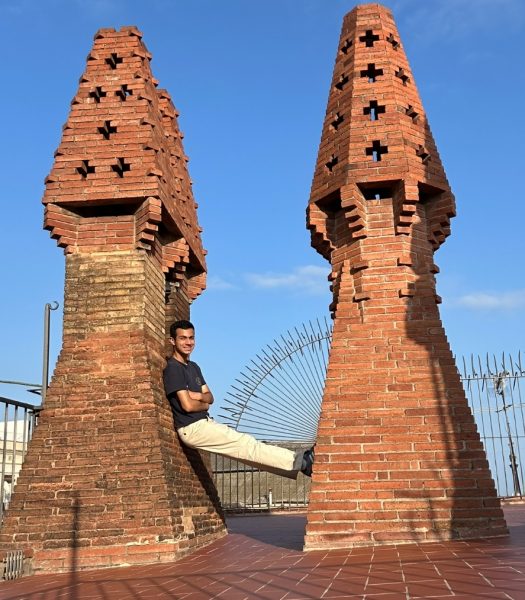The one feeling that every CHS student feels is burnout. For students with a full zero-through-six schedule, sports, clubs, volunteer hours, and somehow more, it is impossible to deny that work can feel like a lot. Funnily enough, though, that is not a feeling exclusive to students; lawmakers have felt the same pressure for a long time, with the people they represent constantly asking them to sponsor new laws and do more work. All of those efforts have finally culminated in both the California Senate and Assembly limiting the number of bills each representative can introduce a year from 50+ to a hard cap of 35.
Indeed, the reasons for introducing this new rule go beyond burnout. While it certainly reduces the stress on California legislators, leaders in charge of the lawmaking bodies have instead pointed to setting priorities as a top concern. Given that both legislative groups are pressured to introduce bills after bills with no end, the alternative most legislators take instead of studying each bill thoroughly is glossing over each one and treating the most important problems with as much relevance as the most trivial bills. Robert Rivas, Assembly Speaker and final say in instituting the new rule, has made this very clear.
“Everyone in this room has good and important ideas, but we all know that our time and energy here are limited,” said Rivas. “So this session, we are lowering the number of bills legislators can carry and introduce from 50 to 35. And we’re doing so because we want every leader in this room to have the greatest possible bandwidth to focus on laws that uplift affordability and prosperity.”
It is a common concern for most legislators and one vocalized by many after Rivas announced this rule: with so many citizens and lobbyists all fighting for broad, niche, and sometimes contradictory ideas, there has not just been a question of burning out the legislators but also a question of pushing out the broad issues that need attention in favor of special interests and minimal impact. That question, again, is so universal that it even reaches across the political spectrum here in highly democratic California. Republican State Senator Roger Niello agrees.
“It causes each of us to set priorities,” Niello said. “If we have more than 35 ideas, we have to prioritize within that.”
Not everyone, though, is so eager to limit legislative action this coming year. Bill limits have actually had a tumultuous history in California far before now. The changes extend as far back as 2002 when Assembly Speaker Bob Hertzberg changed the limit for proposing bills from 40 to 30 while simultaneously reducing the number of committees each member could serve in. Years after this change, former Assembly and Senate Leader Anthony Rendón expanded bill limits to 50+ in 2017 as a means of countering shorter-term limits that were voted on and passed in 2012. In the present day, some lawmakers still find that limited time in office and even fewer bills to pass do a disservice to citizens and the numerous issues they care about. Kevin McCarty, a Democratic Assemblyman from Sacramento, agrees.
“Clearly, not all bills go forward, but California is a complex state,” McCarty said. “Forty million people, a lot of problems, and a lot of issues to address.”
At the end of the day, no amount of dissent will change that the limit has been established for next year. And likewise, CHS students will have to be aware; for all of the changes that students will want to see in their communities, local Assemblyman John Harabedian and local State Senator Sasha Renee Perez can only accept so many suggestions. It would be well advised that students act quickly and contact these representatives—after all, if the representatives are going to have to set priorities, it is best for CHS that students be at the top of the list.






















